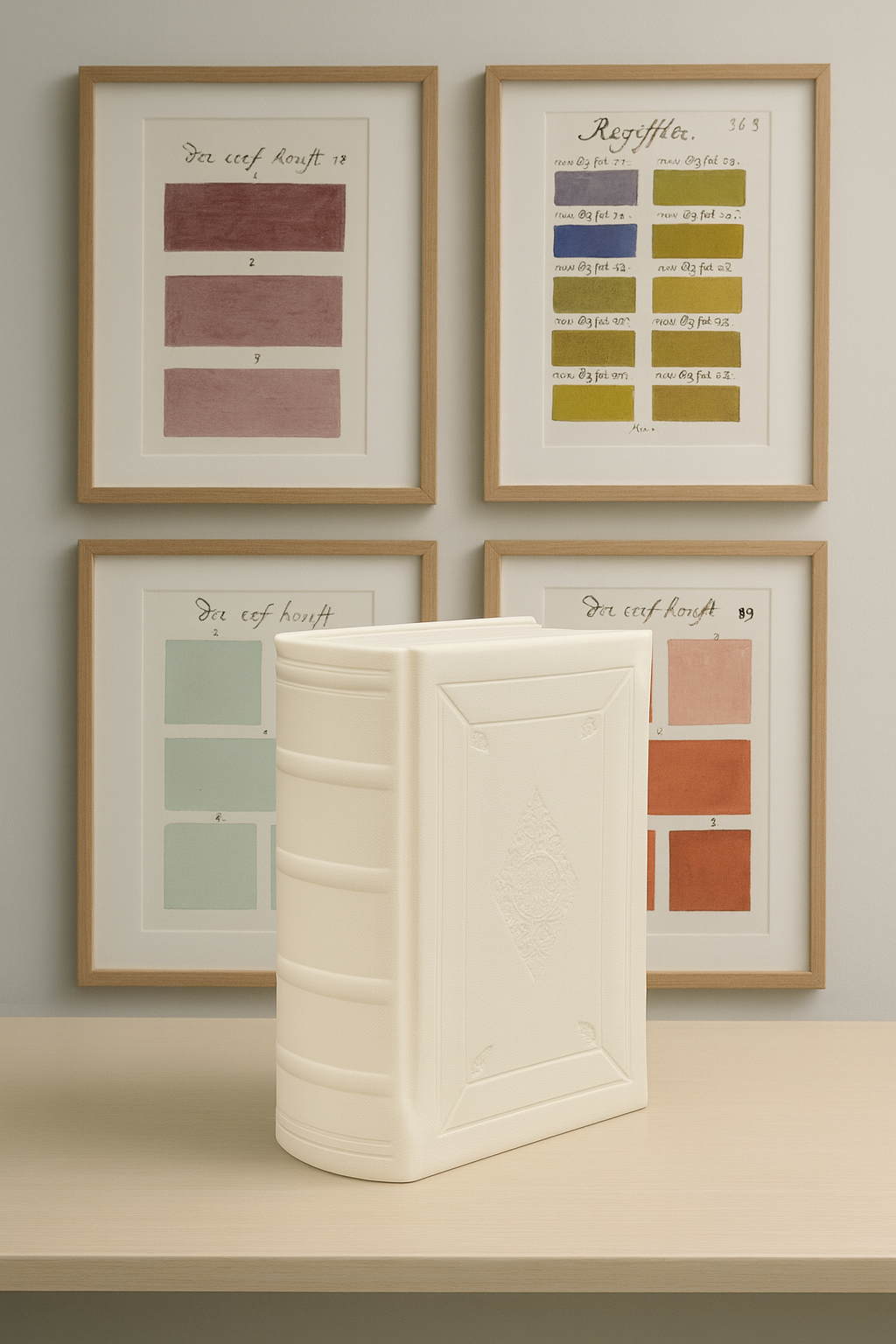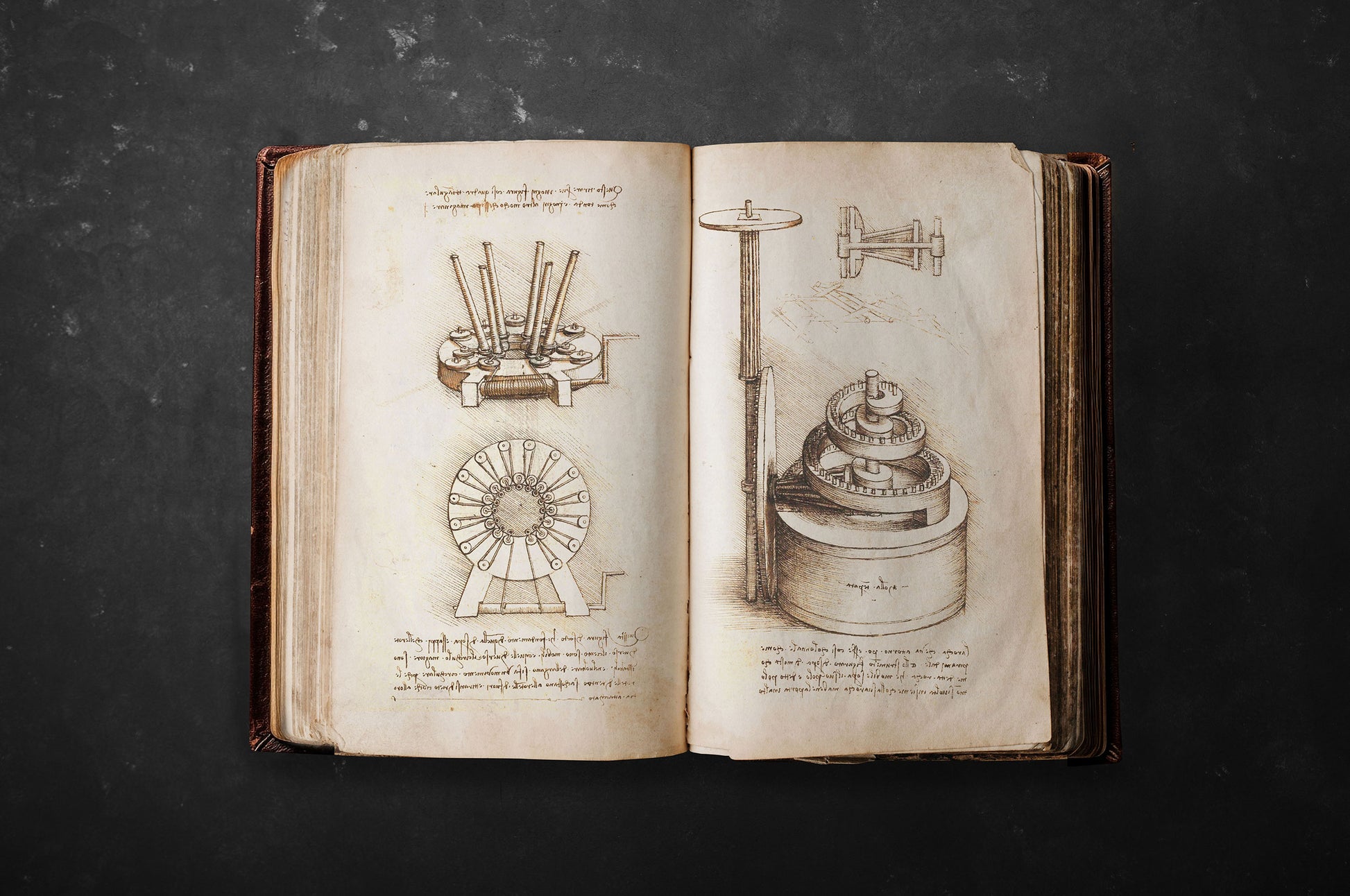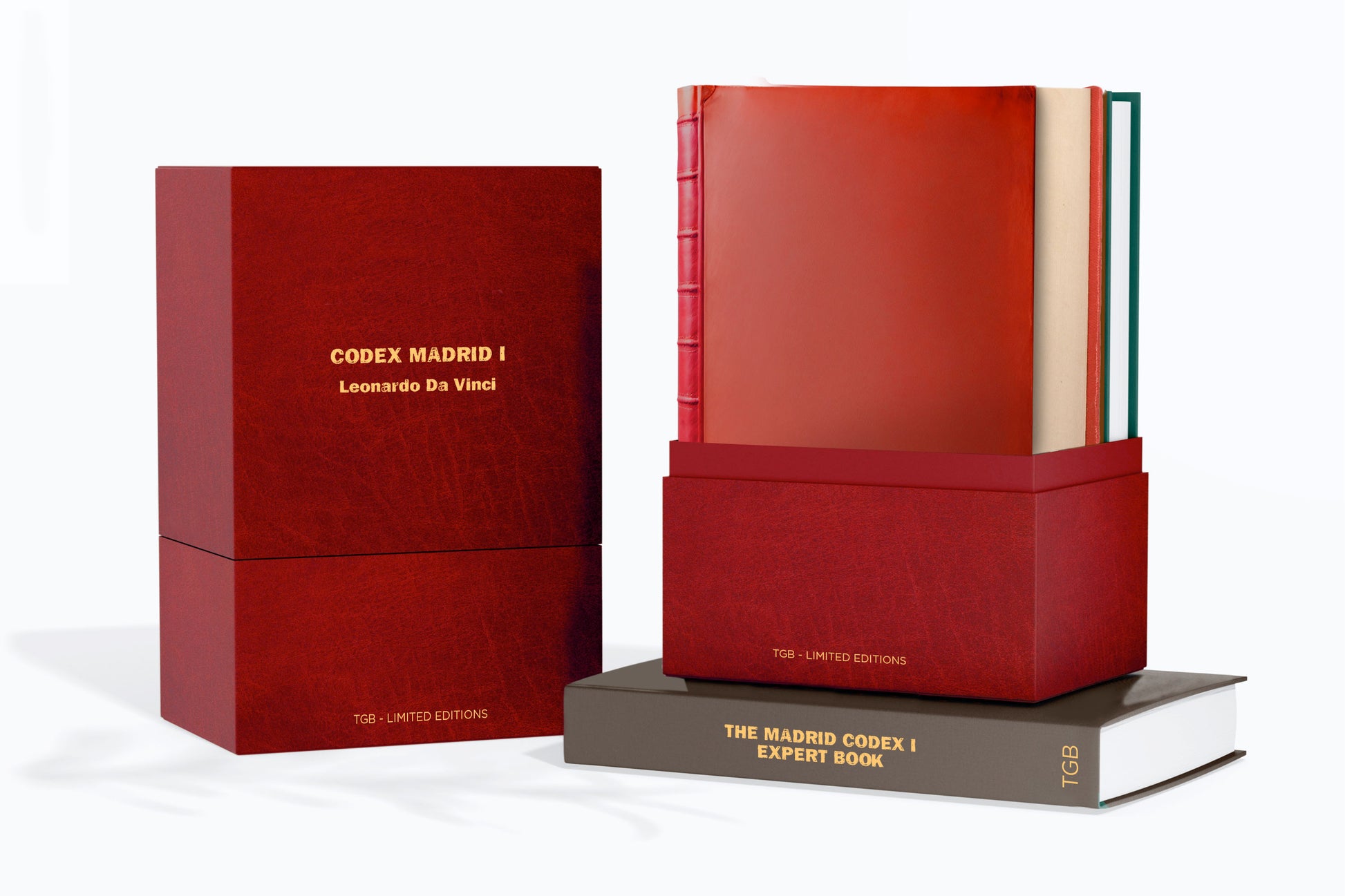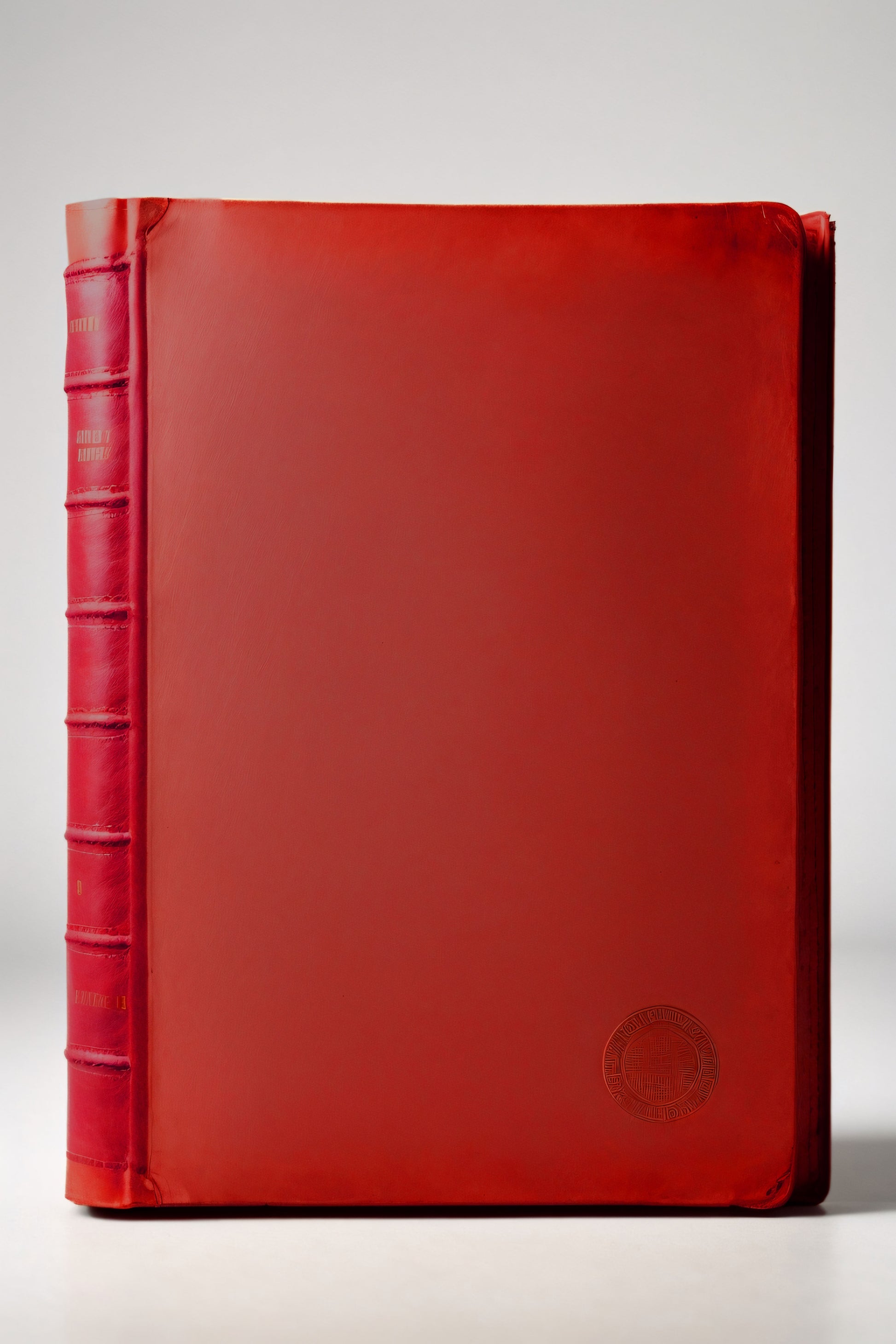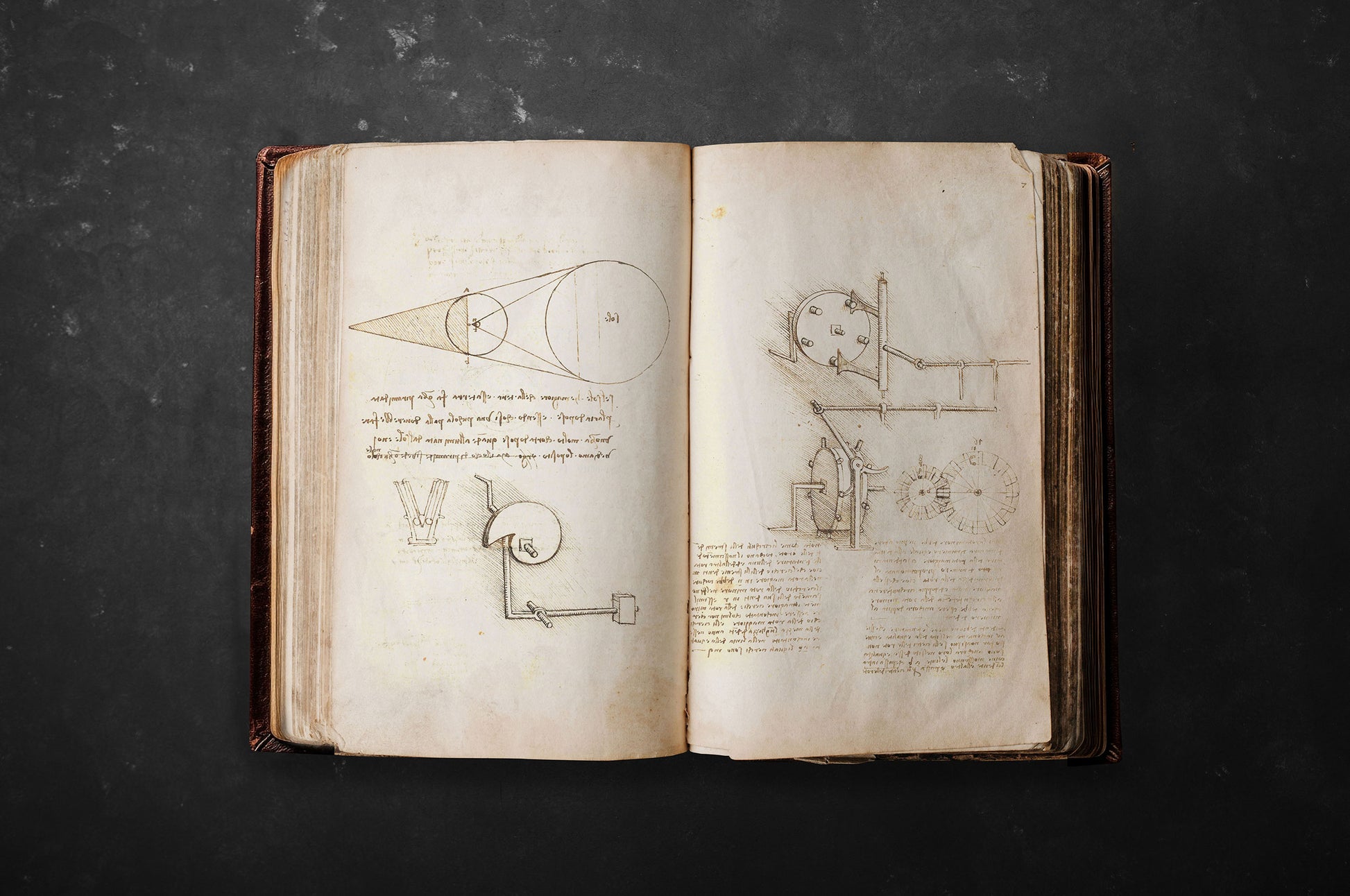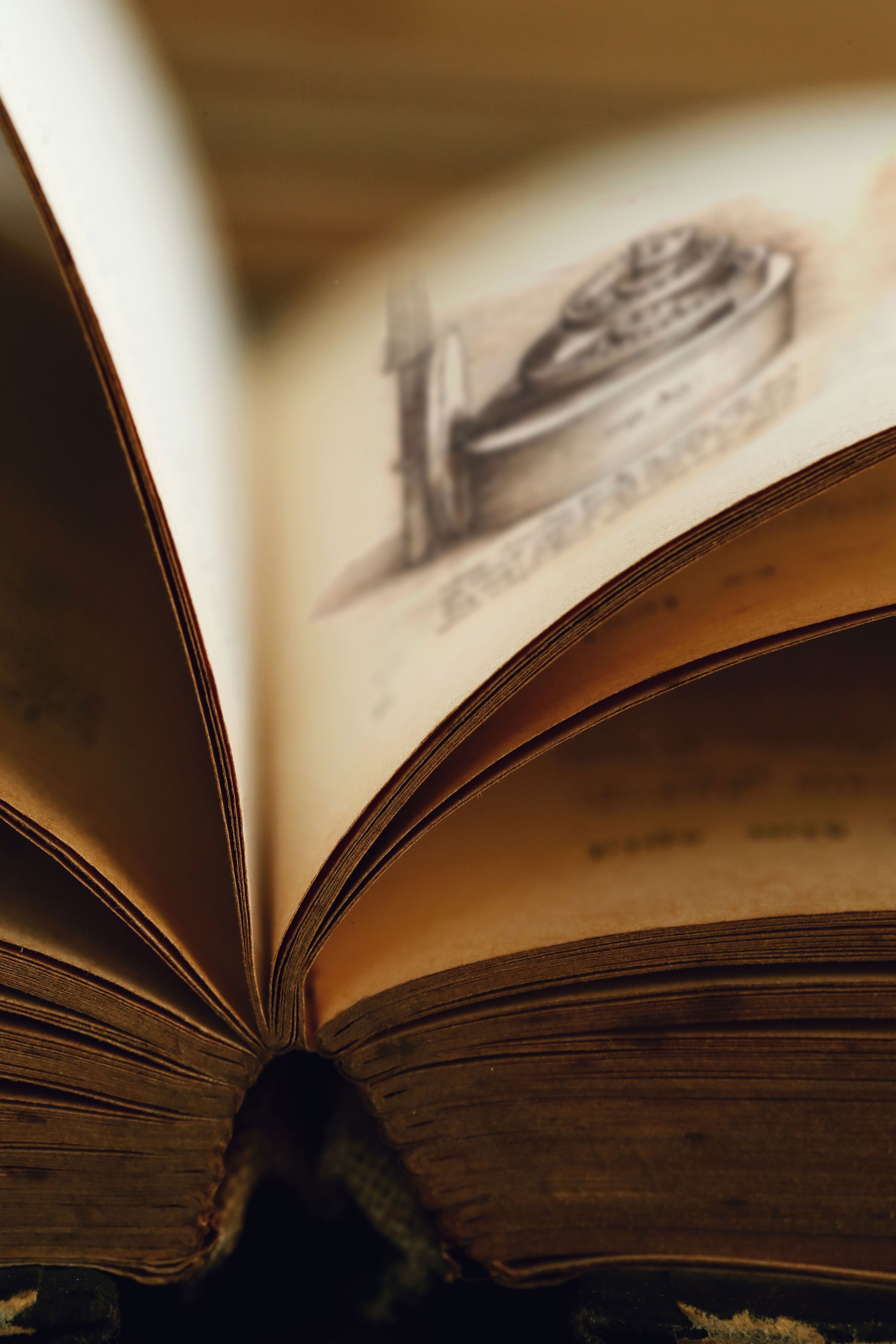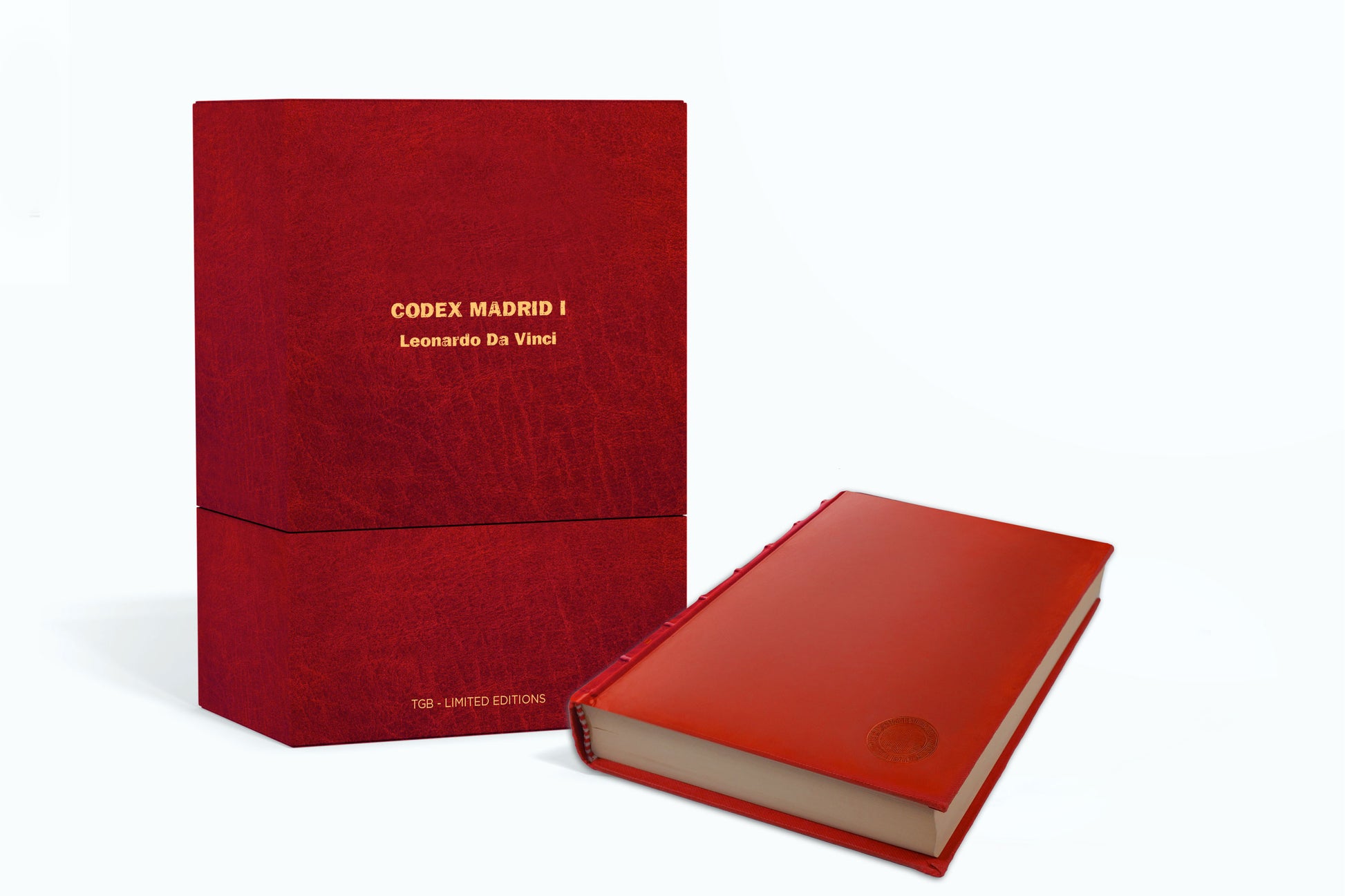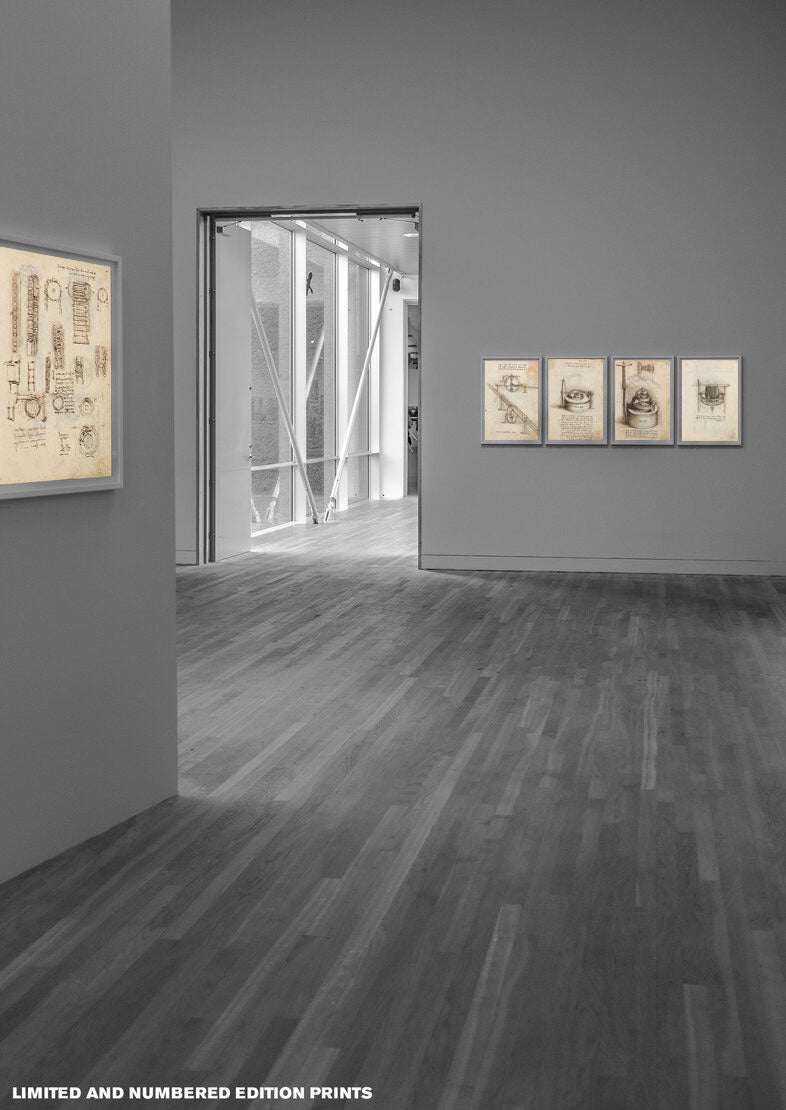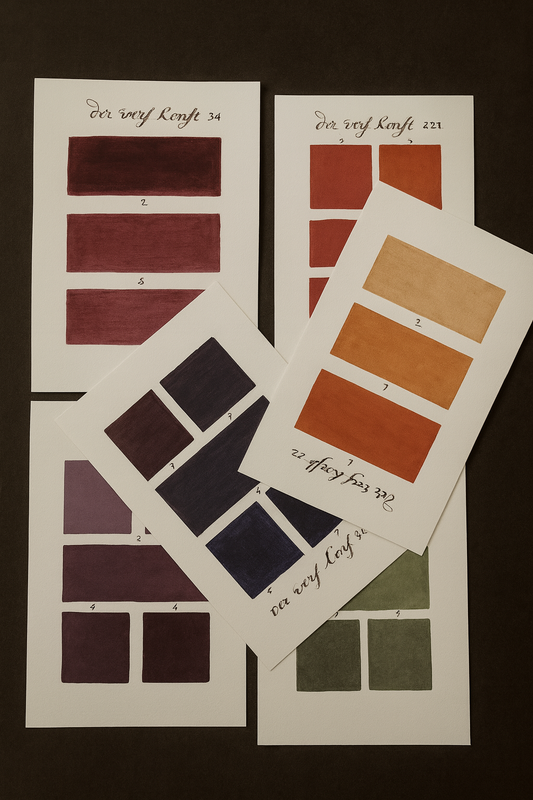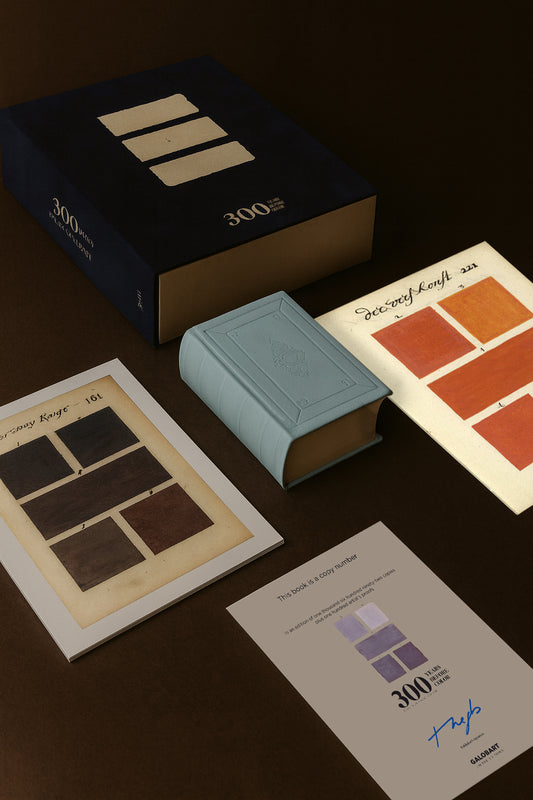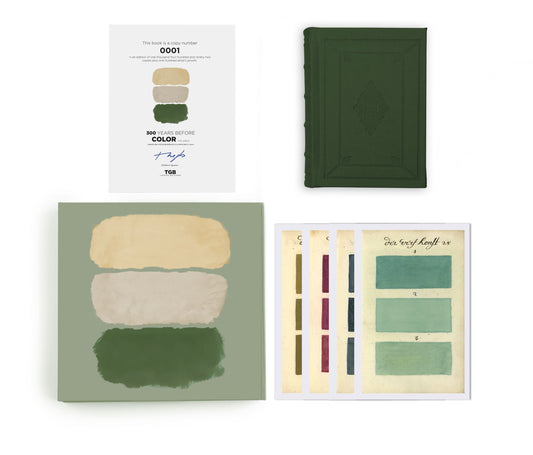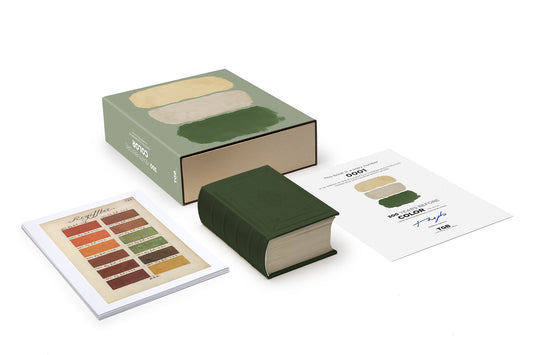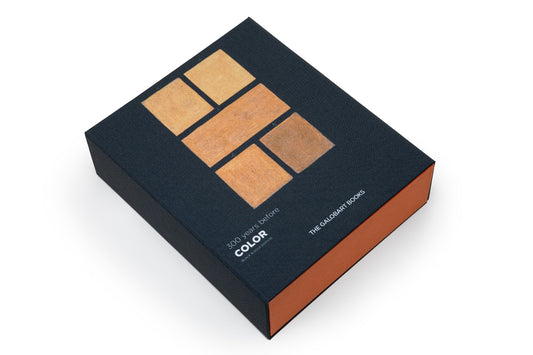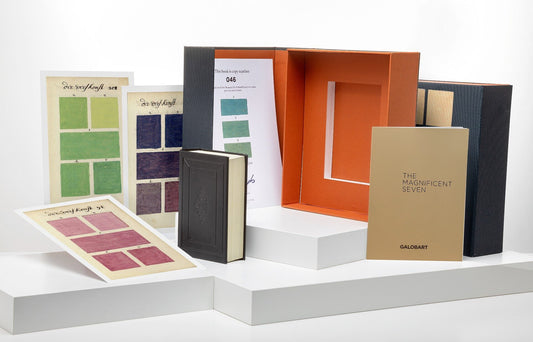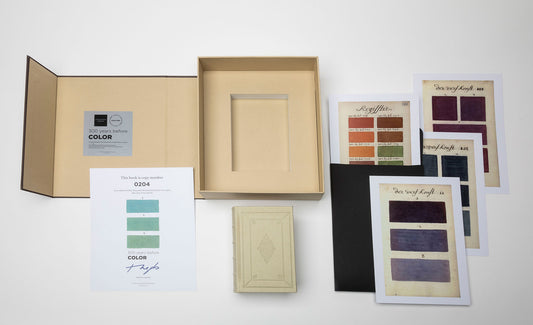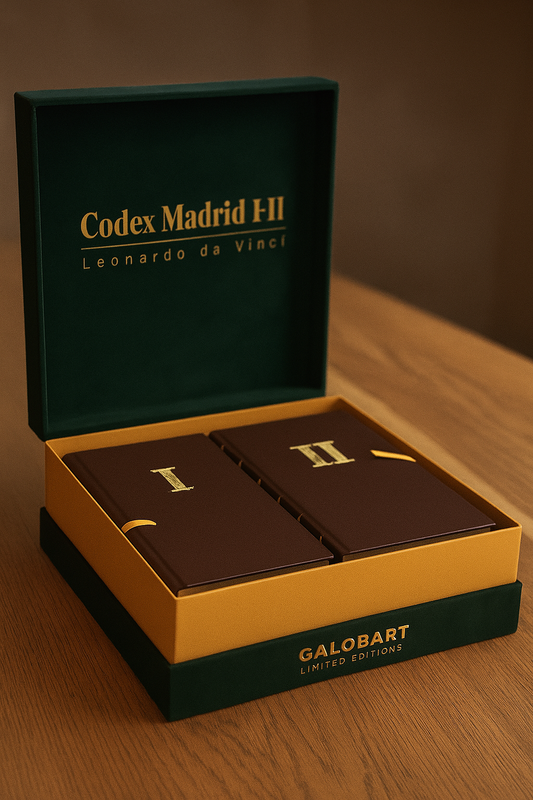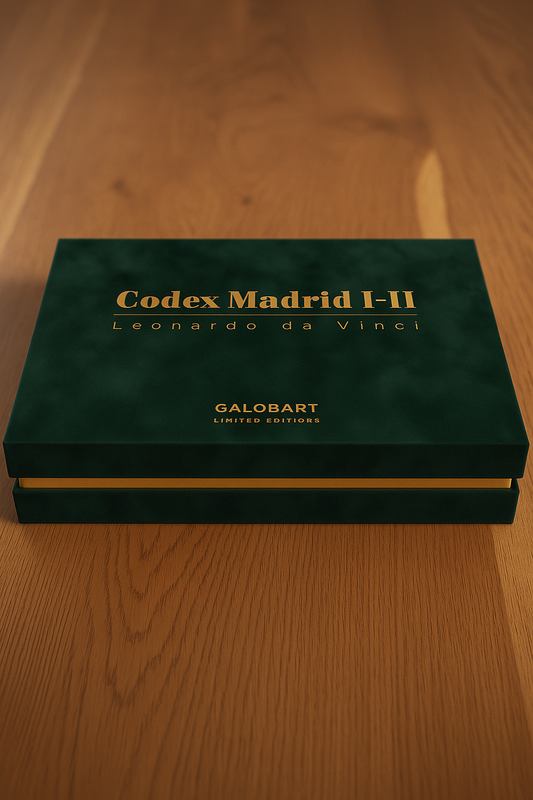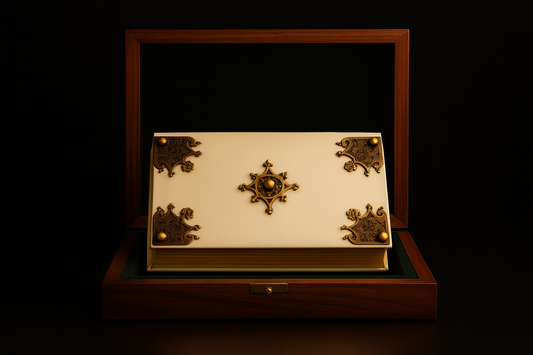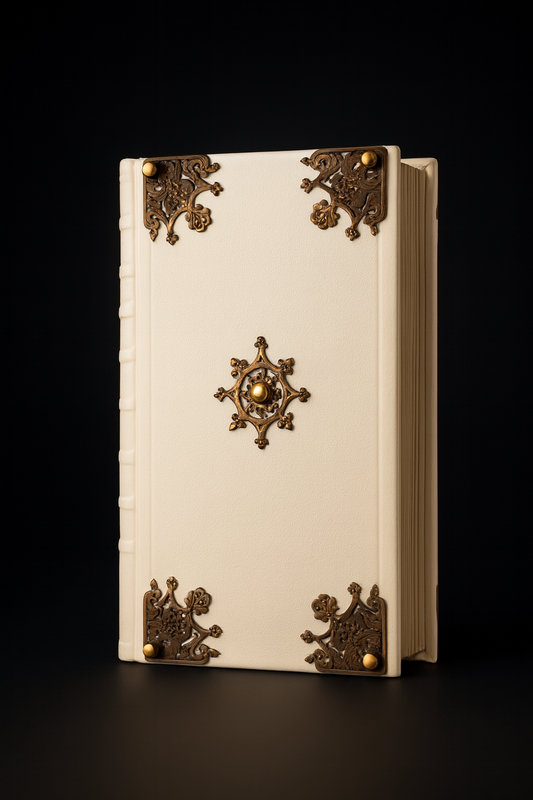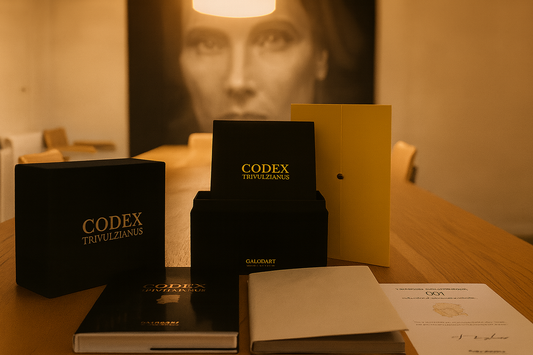CODEX MADRID I ( LEONARDO DA VINCI)
COLLECTOR'S EDITION
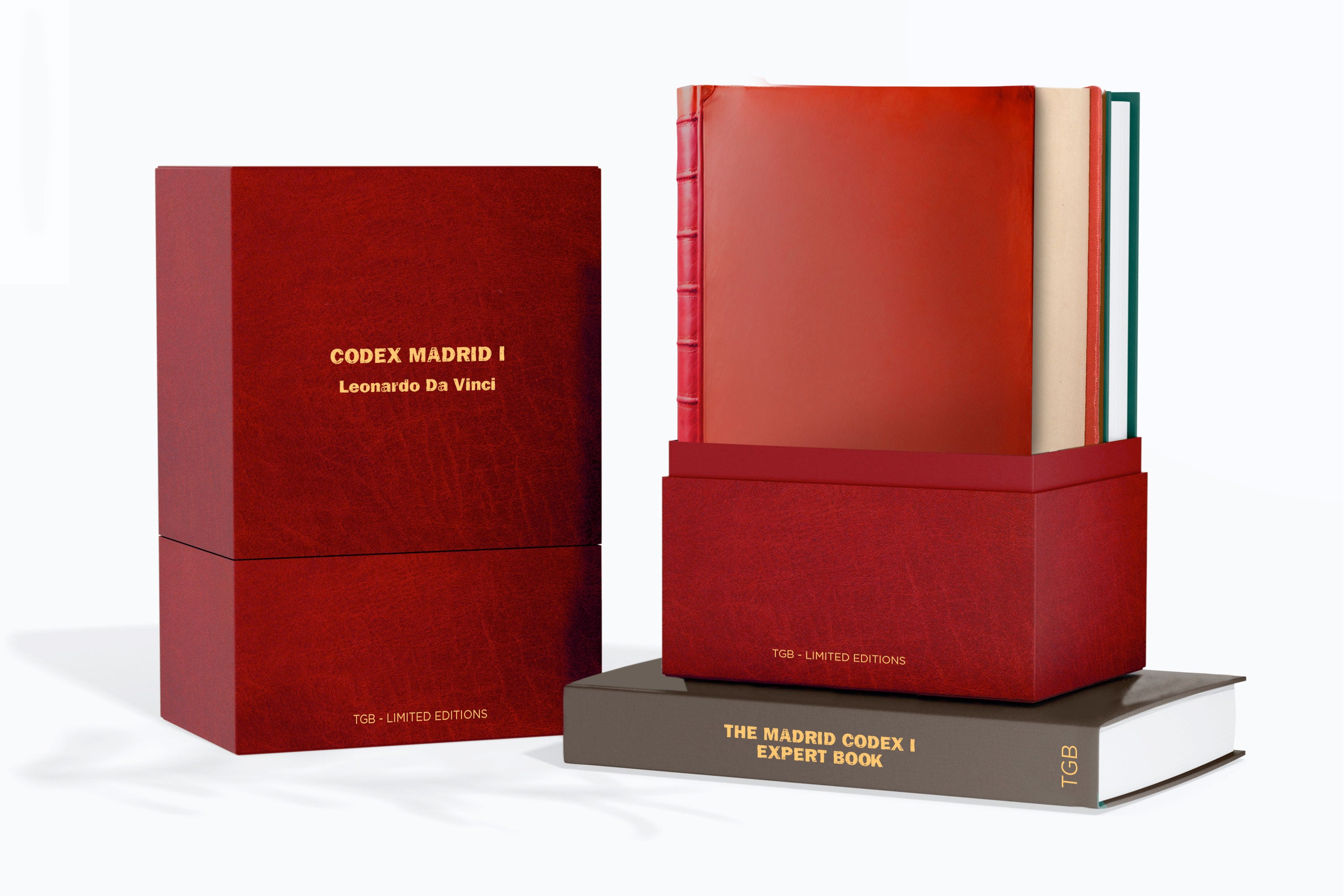
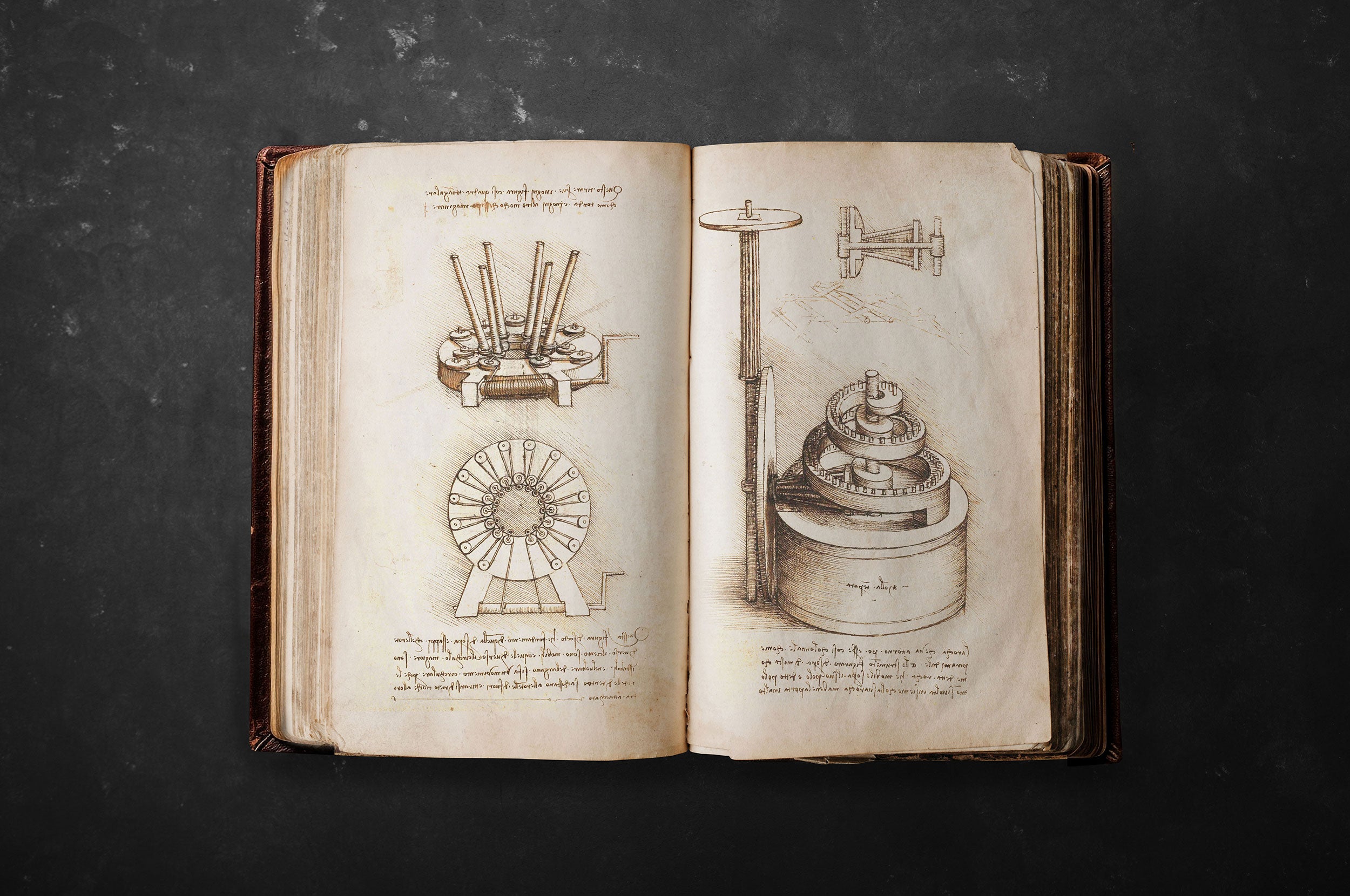
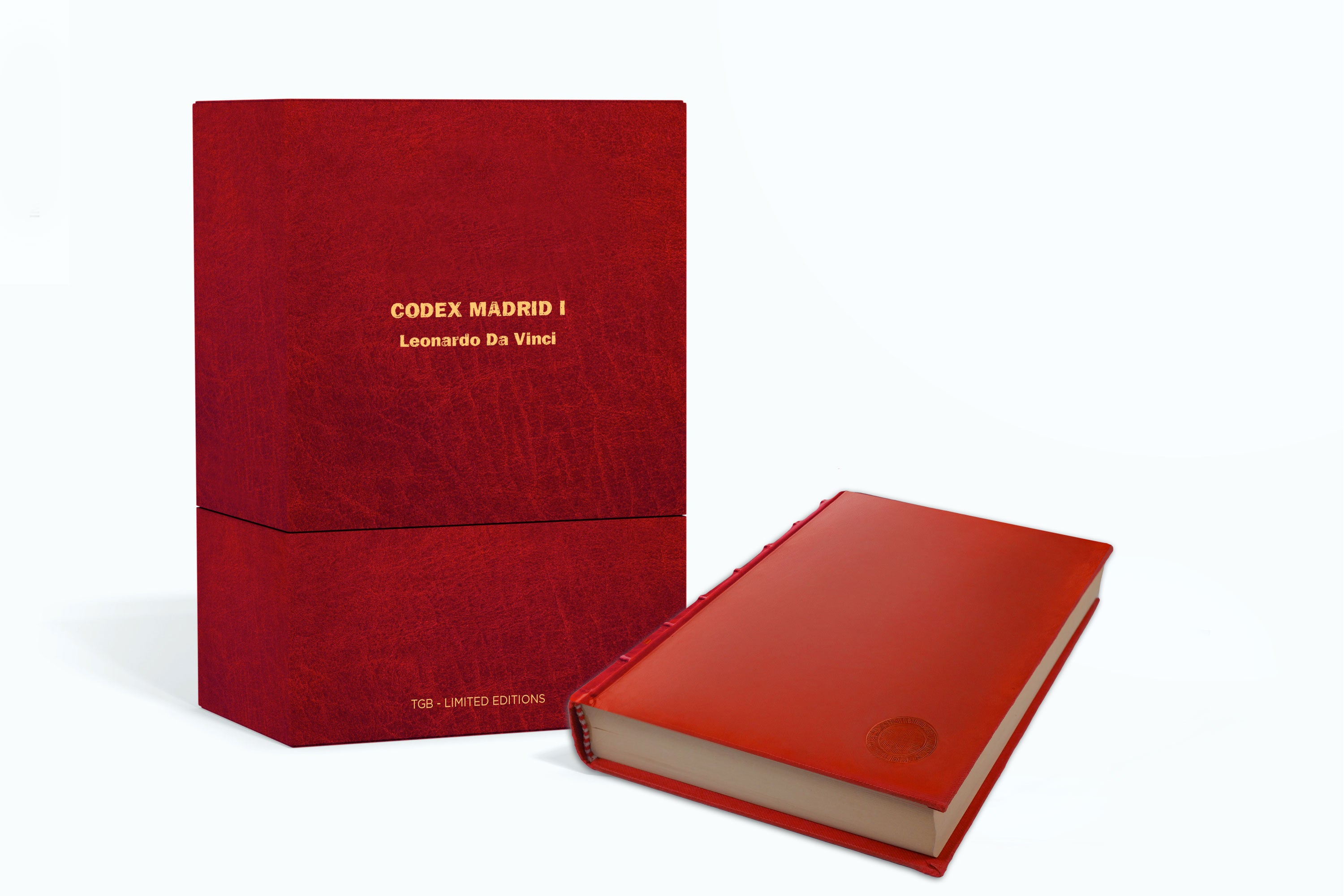
Codex Madrid I (Leonardo Da Vinci)
Codex Madrid I (Leonardo Da Vinci)
COLLECTOR'S EDITION
Secure and trusted checkout with
Couldn't load pickup availability
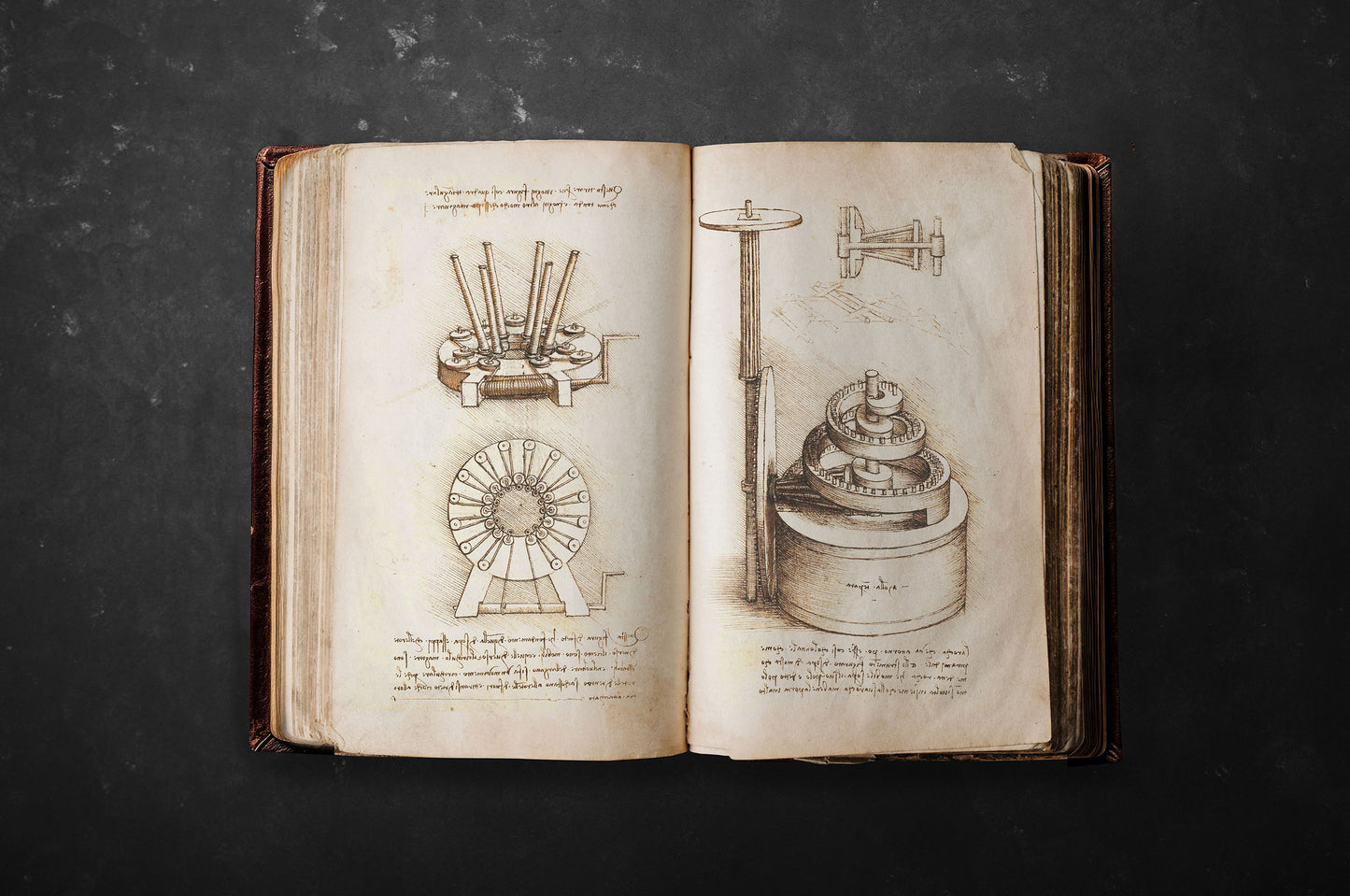
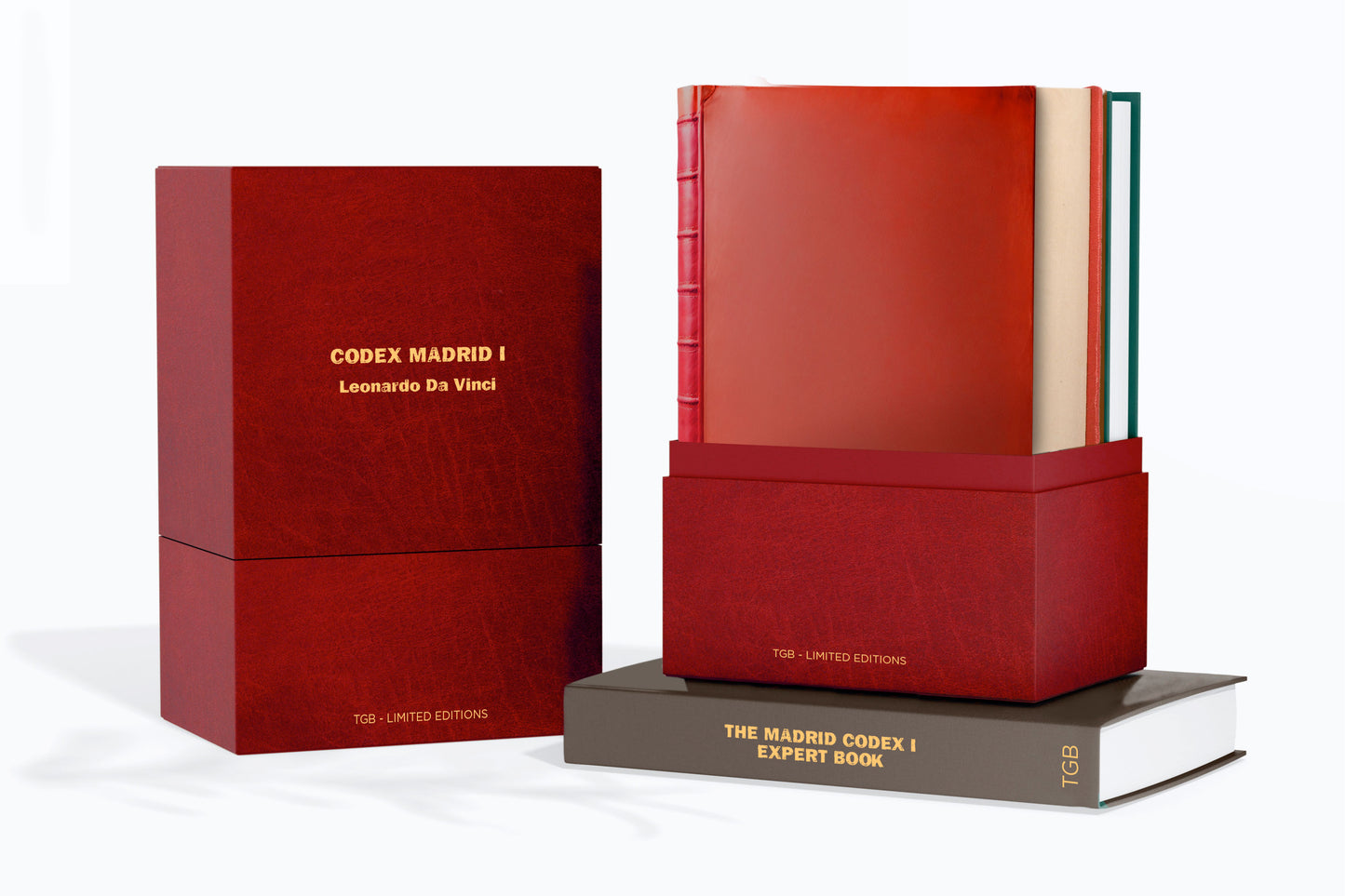
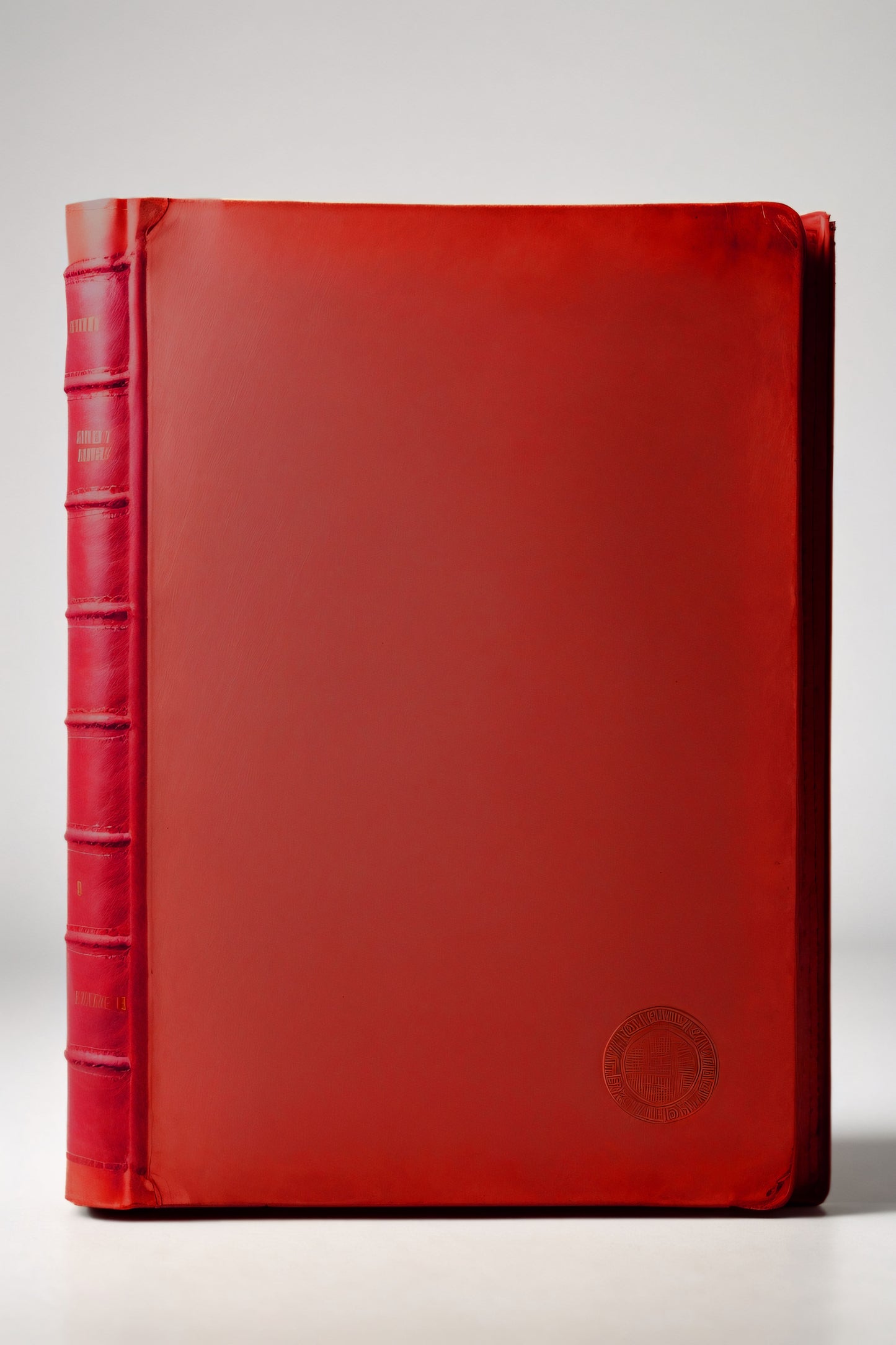
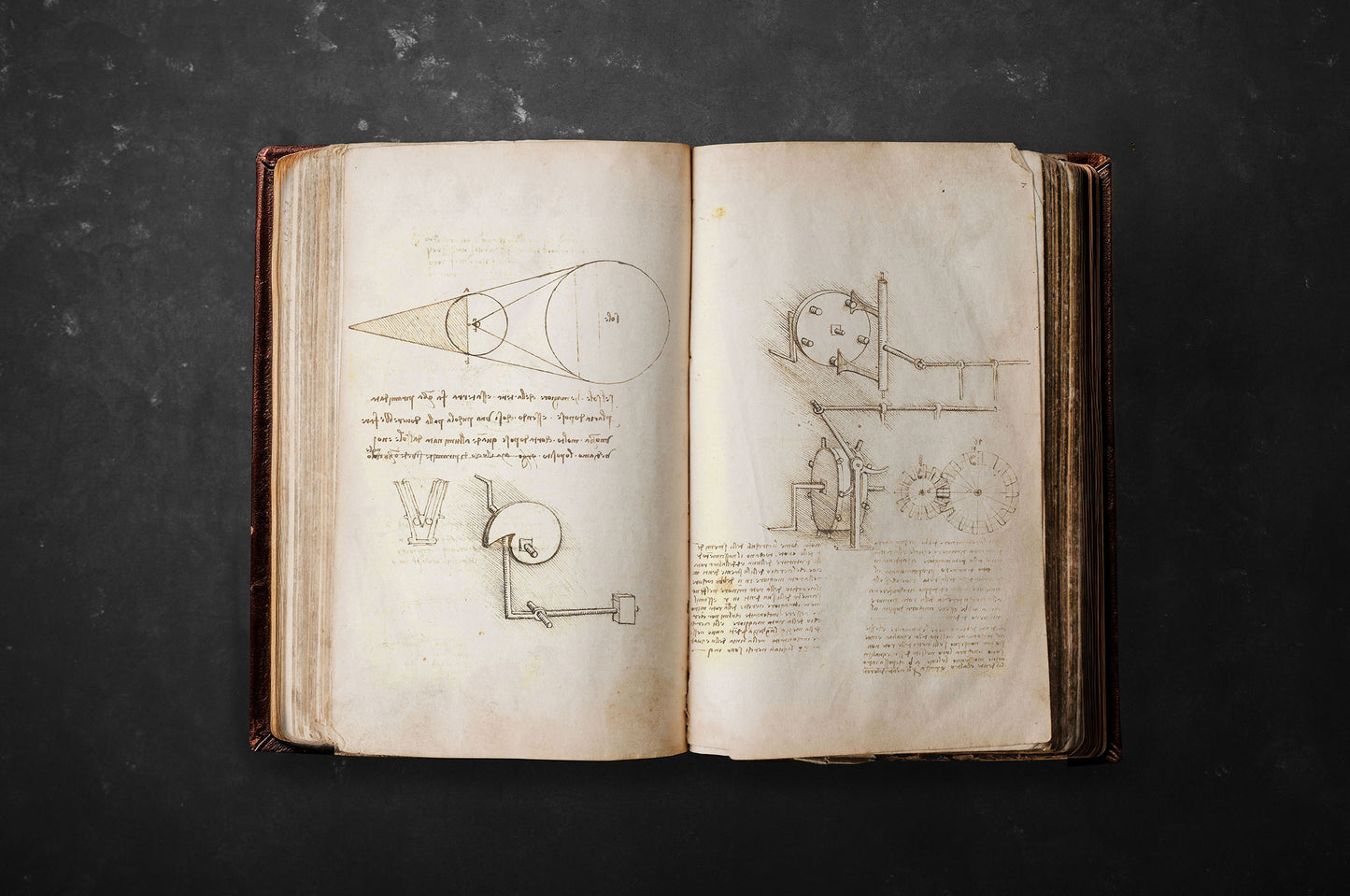
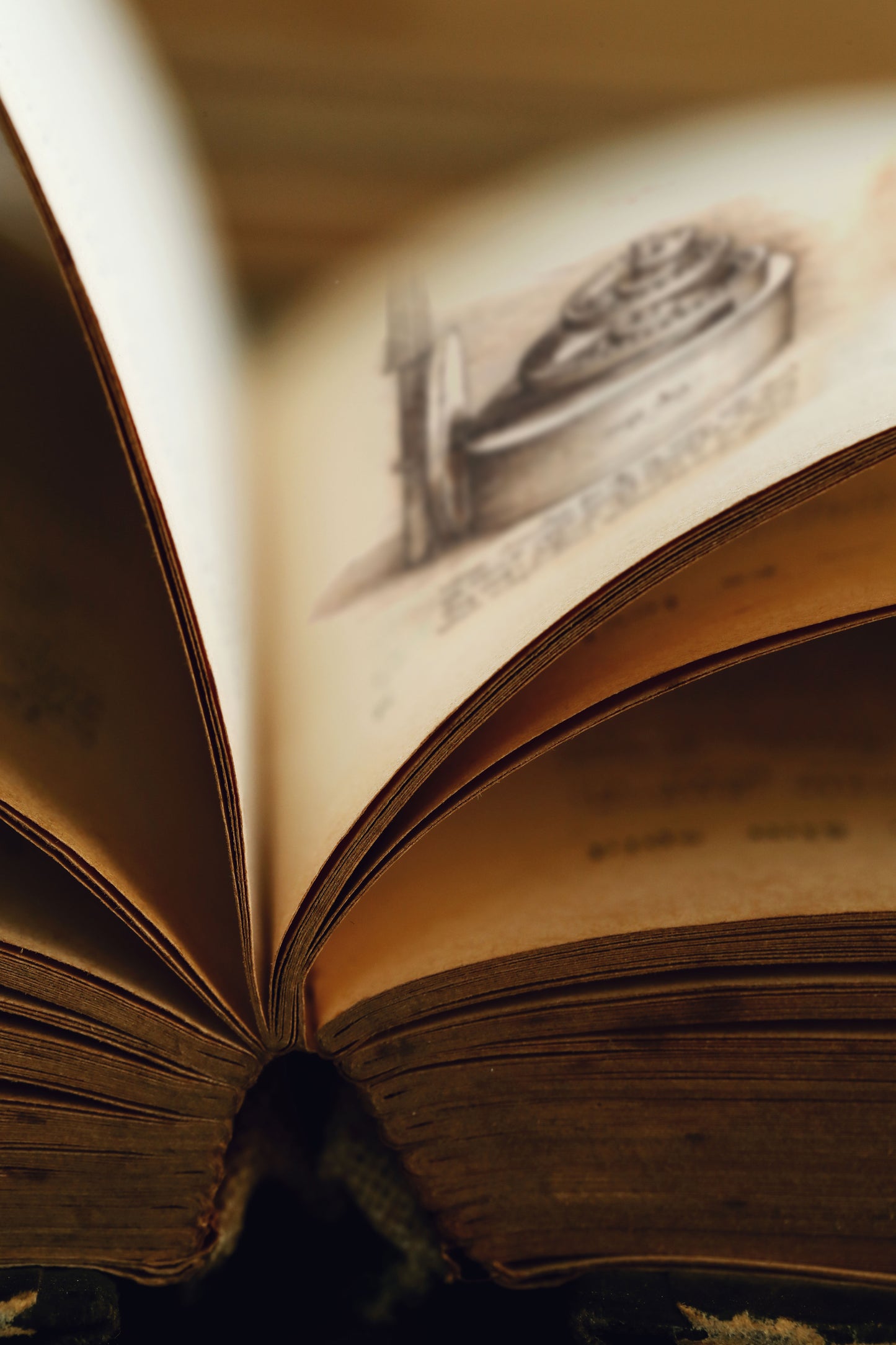
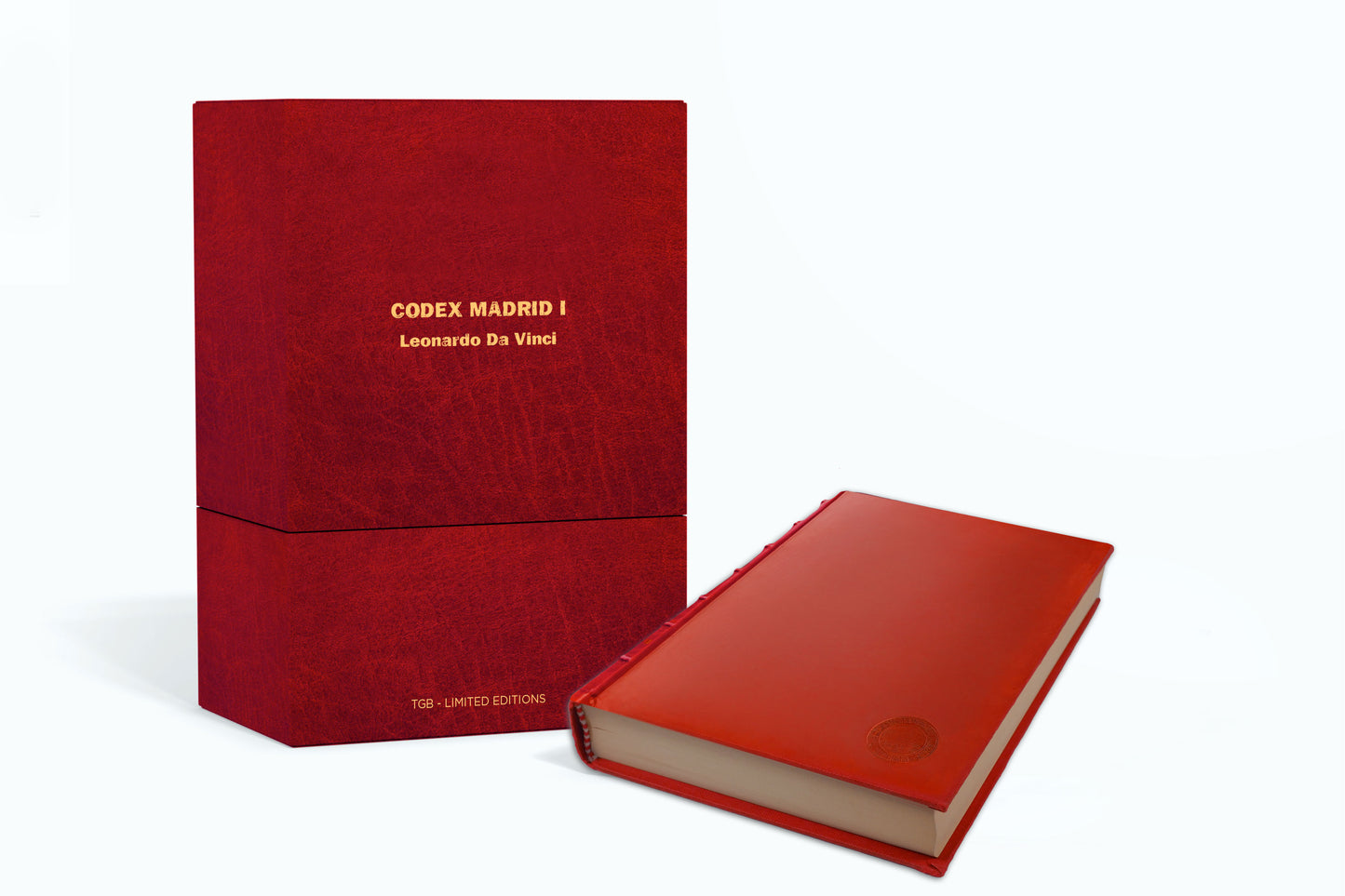


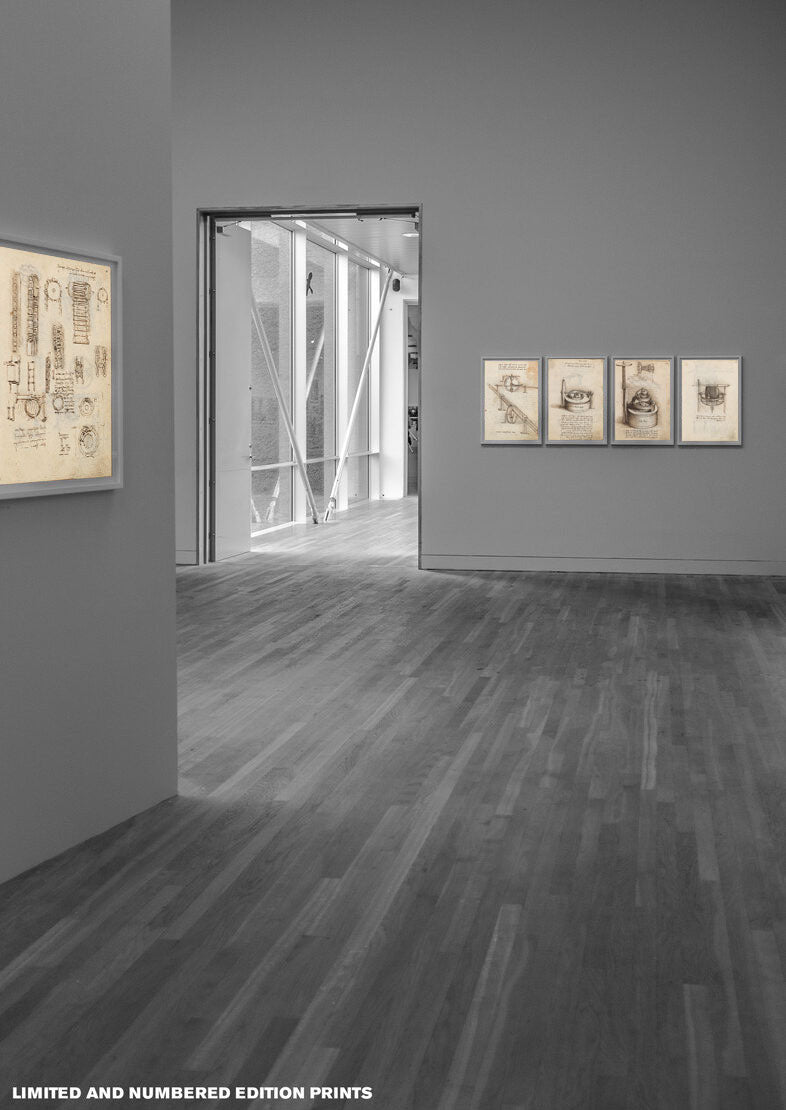
CODEX MADRID I -COLLECTOR'S EDITION-
Each deluxe limited edition contains (Only 999 copies):
*A facsimile edition of the original:
"Treatise on Statics and Mechanics", 384 pages in its original 215 x 145 mm ( 8.46 x 5.70 in.) format.
-Hand-bound with ribs on the spine.
(vegan alternative to leather )
-Art paper with serrated edges reproduces the original.
-Exact reproduction of the original document (extent, color and size)
-Ten numbered art prints for collecting or framing
*A book with expert commentary on the codices and the life and work of Leonardo.
*An elegant case numbered from 001 to 999 in collector's edition.
$400 (Sold out)

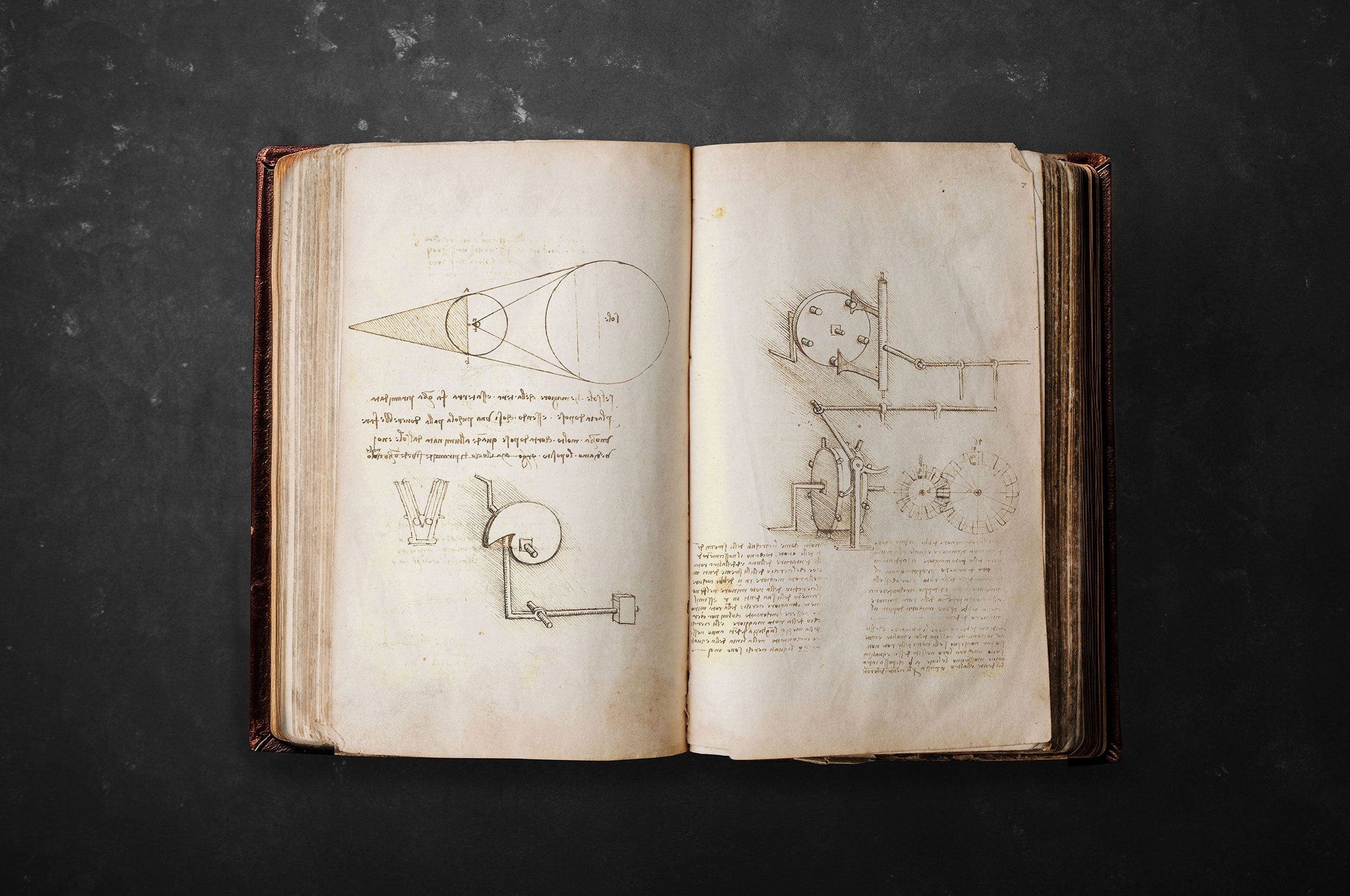



The Madrid Codex I. (1490-1505)
1- The Madrid Codex I, also known as "Treatise on Statics and Mechanics" or "Madrid Codex of Leonardo da Vinci", is an important manuscript written by the famous Renaissance polymath Leonardo da Vinci. This codex is part of the Leonardo da Vinci manuscript collection and is preserved in the National Library of Spain in Madrid.
The Madrid Codex I is a collection of notes and drawings that Leonardo da Vinci made between 1490 and 1505, focusing mainly on various aspects of statics and mechanics. It contains numerous detailed diagrams and drawings that explore mechanical concepts, such as levers, pulleys, gears and simple machines. In addition, it delves into questions related to statics, such as the equilibrium of forces and the resistance of materials, as well as annotations on optics and astronomy.
We can find, for example, notes for a water clock and also a design for a hang glider that, as it would later be demonstrated, flew.
The title page reads:
'Treatise on Statics and Mechaanics, in Italian, written in the year 1493, as seen at the turn of folio 11. It contains 191 folios and is written upside down'.
This codex constitutes a valuable source of information on Leonardo da Vinci's studies in the field of engineering and mechanics. It offers a unique insight into his scientific and artistic approach, and provides an understanding of how he sought to understand the workings of machines and apply this knowledge to the construction of practical devices. As indicated in the title, it is written in Leonardo's characteristic inverted handwriting.
Leonardo da Vinci's Codex Madrid I is one of the notebooks and codices he left behind, considered a treasure of the history of science and technology. His work influenced numerous fields, from engineering to anatomy, and his legacy endures as one of the cornerstones of Italian Renaissance scientific thought and research. His work influenced numerous fields, from engineering to anatomy, and his legacy endures as one of the cornerstones of Italian Renaissance scientific thought and research.

History and route of the Codex
The Codices were brought to Spain by Pompeo Leoni, a sculptor of Philip II. After several changes of ownership, they were transferred to the Library of the Monastery of El Escorial, finally passing to the Royal Library, where they remained lost for 150 years.
These manuscripts are of great importance in Leonardo's work, as they contain about 15% of Leonardo's notes that are referenced today, but they are also important for the quality and relevance of the subjects they contain, which represent one of the most important engineering treatises of the time.
When Leonardo died, they passed to his friend Francesco Melzi. Some fifty years later Pompeo Leoni, a sculptor in the service of Philip II, acquired them from his son Orazio and took them with him to Spain.1 When Leoni died in 1608, the manuscripts passed into the hands of Juan de Espina, a friend of Francisco de Quevedo y Villegas, according to gossip of the time: "a gentleman who lives alone in a mansion in Madrid and his servants are wooden automatons".
The Prince of Wales (Charles), on his visit to Madrid in 1623, was interested in the manuscripts, and Espina got out of the engagement by giving them to the King as a gift. The Codices arrived at the Royal Library in 1712, where for various reasons they remained lost until 1967, according to Martín Abad "due to the movement of the royal library to four different locations, to a fatal confusion of call numbers and to the aura of Leonardo da Vinci, which blinded many to attach their fame to that of the genius”.
A Treasure lost 150 years ago
It was a researcher at the University of Massachusetts, an expert in Medieval Castilian literature, who by chance, in 1967, discovered them, coming across two codices written by Leonardo Da Vinci in his own handwriting.
They had been lost in the archives of the National Library of Spain. An error made by the head librarian in the codification of their numbering meant that they had been lost for 150 years, until they were discovered by the American Jules Piccus, who was in the Library looking for medieval songbooks.
The Codex Madrid I is a treatise on mechanics, consisting of 12 booklets of 16 pages each.
Codex Madrid I has similarities with Codex Atlanticus, from the Biblioteca Ambrosiana in Milan: a series of elements (weights, gears, springs, clockwork, scales, screws, hinges, etc.) are sketched in Codex Atlanticus, and finally developed in Codex Madrid I, with drawings of great detail and quality.
Of Leonardo's work, bound collections, notebooks and loose notes are preserved...the Codex Madrid being a bound collection.
Leonardo was at the same time painter, anatomist, architect, paleontologist,3 botanist, writer, sculptor, philosopher, engineer, inventor, musician, poet and town planner.
Leonardo's death is the beginning of the dispersion and loss of two thirds of the fifty thousand original multidisciplinary documents written in old Tuscan and codified by him. Each manuscript, page, sketch, drawing, text and note was fully considered a work of art. Only about thirteen thousand documents remain, most of which are preserved in the Vatican City archives.
This Codex of Madrid I is one of his most important works.
Our Customers Say
-
⭑⭑⭑⭑⭑
HI Alejandra. Just wanted to make sure you got my thank you for the Codex. Beautiful book and well worth wait. Thank you again. My best.
Mark Jackson
Taos. New Mexico. USA -
⭑⭑⭑⭑⭑
This is the third product I purchased from GALOBART and each item has been meticulously produced. I am extremely impressed with the materials and craftsmanship, as well as the superb manner in which GALOBART communicates with customers. I look forward to future product releases as well.
Michael Winograd
Keene. New Hampshire. USA -
⭑⭑⭑⭑⭑
Hi I received this today it's awesome, I'm very pleased with it.
Great work.Michael Richardson
Bradley Stoke. Bristol. United Kingdom


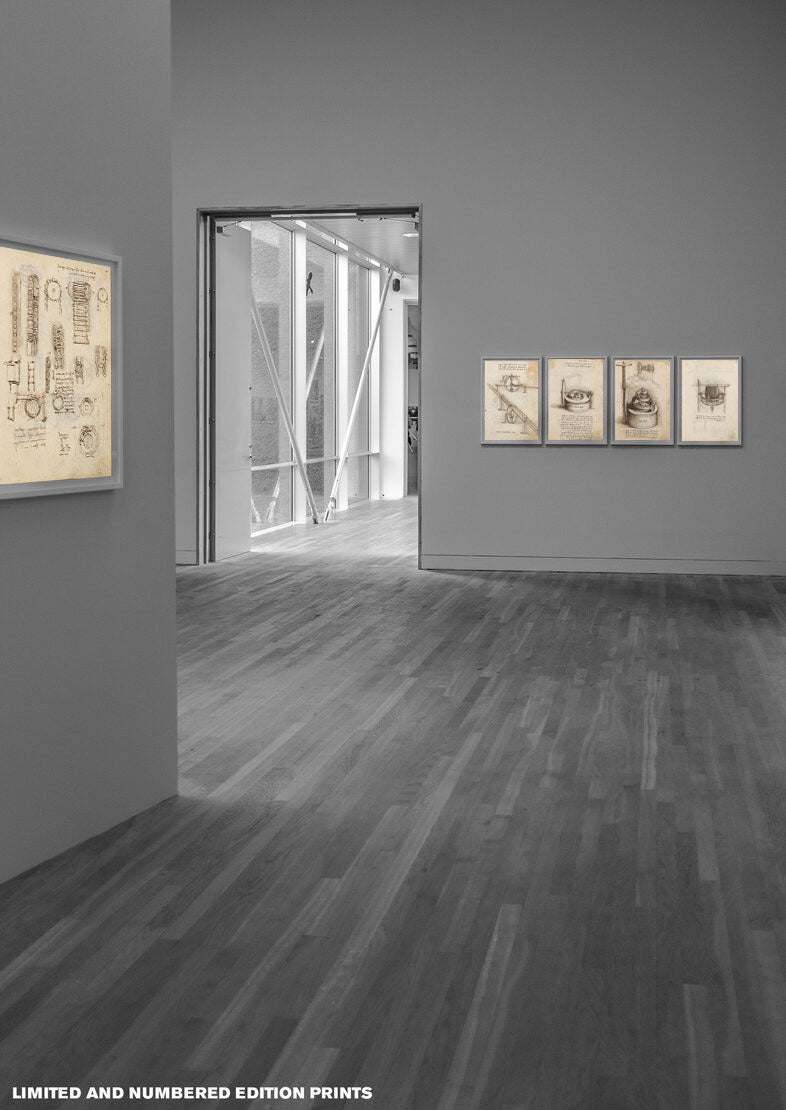
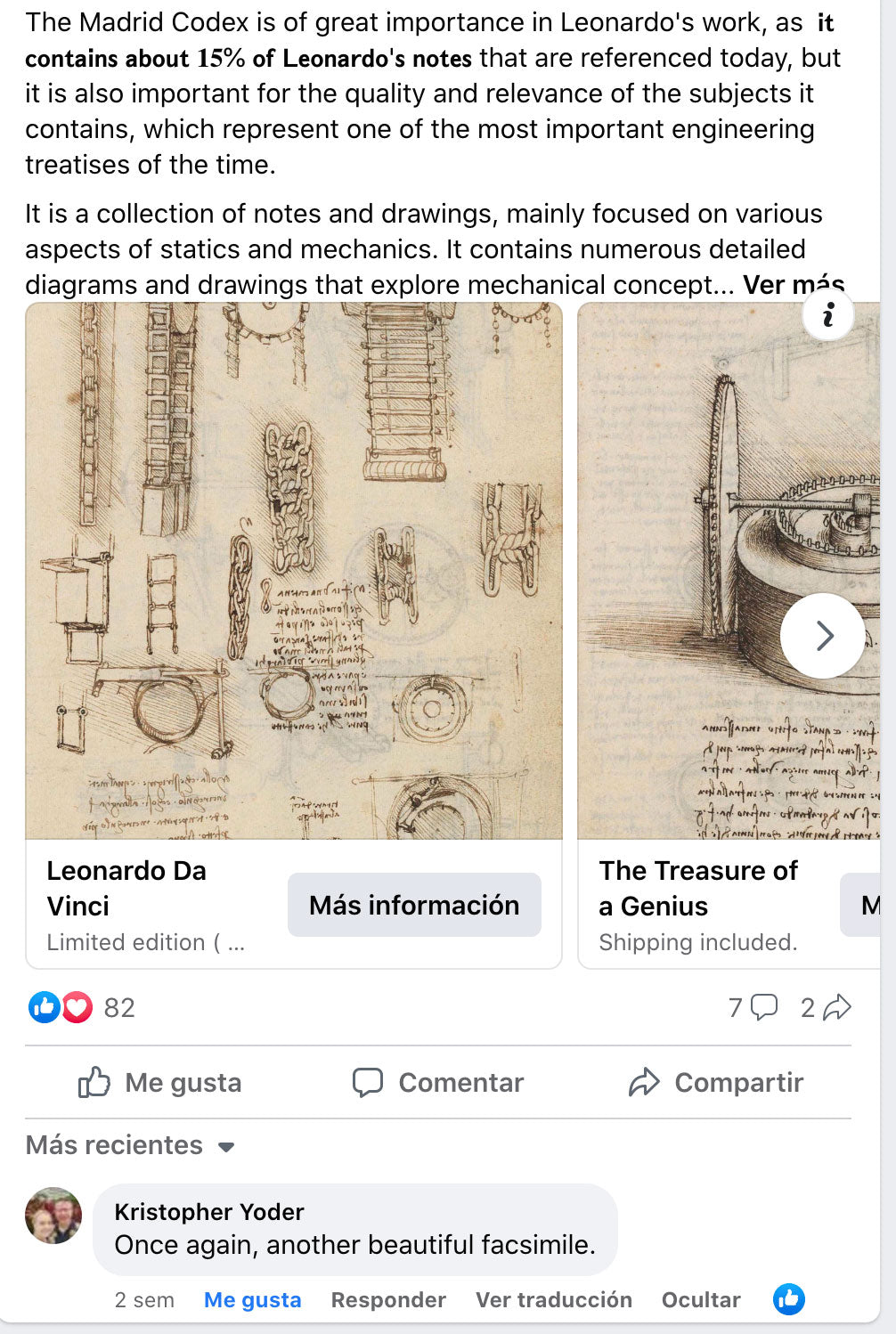
What's Included
*A FACSIMILE EDITION OF THE ORIGINAL
"Treatise on Statics and Mechanics", 384 pages in its original 215 x 145 mm ( 8.46 x 5.70 in.) format.
Hand-bound with ribs on the spine.
(vegan alternative to leather* )
Art paper with serrated edges reproduces the original.
Exact reproduction of the original document (extent, color and size)
*The FSC® Chain of Custody certification identifies all of those products realized starting from raw materials deriving from forests managed according to the international Forest Stewardship Council standards, by certified companies. FSC® certified products available on demand.
*The PETA-Approved Vegan certification ensures that no type of animal, directly or indirectly, is used or abused for the processing and production
*TEN ART PRINTS FOR COLLECTING OR FRAMING
10 art prints on Favini Plus fine art paper are included to own an exclusive private art collection with Leonardo da Vinci's handwritten notes.
*A BOOK WITH EXPERT COMMENTARY ON THE CODICE AND LEONARDO´S LIFE AND WORK
Paperback book with flaps
*AN ELEGANT HANDMADE CLOTH CASE
An elegant handmade cloth case that opens in half, numbered from 001 to 999

CONTACT US FOR ANY QUESTIONS YOU MAY HAVE
Others also love...
-
300 YEARS BEFORE COLOR, Gold Butterfly Edition.
Regular price $170.00Regular priceUnit price / per -
300 YEARS BEFORE COLOR, Velvet Royal Blue Edition.
Regular price $280.00Regular priceUnit price / per -
300 YEARS BEFORE COLOR Rothko Tribute Edition
Regular price $280.00Regular priceUnit price / per -
300 YEARS BEFORE COLOR Black & Gold Edition
Regular price $350.00Regular priceUnit price / per -
300 YEARS BEFORE COLOR Brown & Ivory edition
Regular price $350.00Regular priceUnit price / per -
Codex Madrid I and II (Leather Edition)
Regular price $480.00Regular priceUnit price / per -
Codex Gigas XXL
Regular price $1,200.00Regular priceUnit price / per -
Codex Trivulzianus
Regular price $250.00Regular priceUnit price / per
